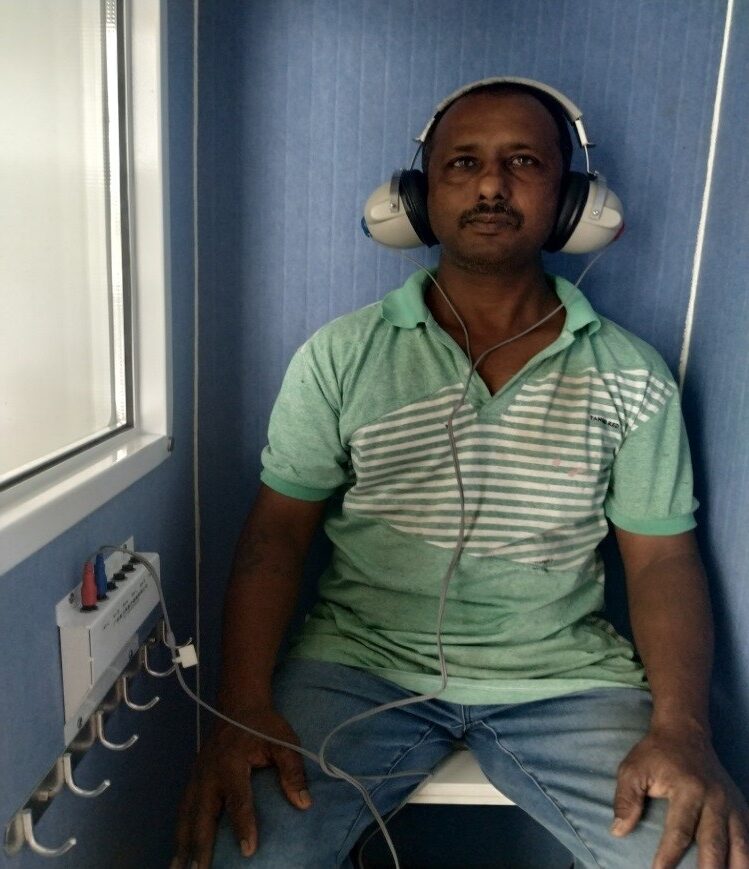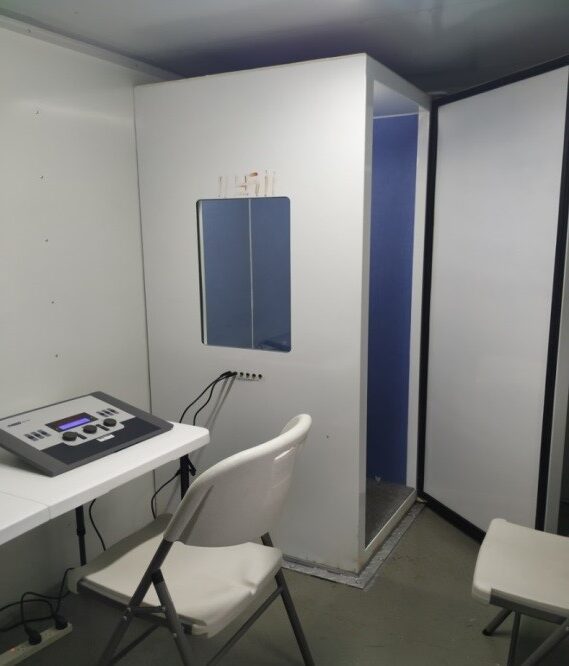Audiometric Screening / Testing
Audiometric testing is the measurement of the
hearing threshold levels of workers each ear by means of pure tone air
conduction threshold tests.
The audiometric testing of workers exposed to noise
is a part of a hearing conservation program to assess a worker’s hearing level.
Testing shall be made available to all workers exposed to noise level at or
above LAeq 8hr –
85dB(A). Also monitoring of hearing with regular audiometric
testing is required in situations where exposure to ototoxic chemicals and vibration
can result in hearing loss.
The provision of audiometric testing of workers
exposed to noise is stipulated in Regulations 44 of Health and Safety at Work
(General Workplace Regulations) 2003 and AS/NZS 1269.4 (2014), Occupational
noise management – Part 4: Auditory assessment.
Audiometric testing is carried out in a fully
assembled on site mobile audiometric unit, a sound resistant booth. Audiometer
is calibrated by a NATA laboratory for reliability and accuracy.
A basic noise management program or hearing
conservation program for workers exposed to noise is:
1.
Noise Monitoring
2.
Noise Control Measures
3.
Audiometric (Hearing) Testing
4.
Training and Education on Noise
Reference Audiometry
The
reference audiometry of a newly recruited employee or initial testing of
workers shall come for testing from quiet surroundings (for noise exposure that
is unlikely to produce temporary threshold shift) for at least 16 hours prior
to testing. A reference audiogram of workers should be kept for
their entire employment period and for evaluation of workers hearing in
monitoring audiometry.
Monitoring Audiometry
The
monitoring audiometry for workers presenting for testing will be carried out on
job site premises while workers are into their shift exposed to normal noise as
usual with the existing noise controls. When audiograms obtained in monitoring
audiometry are compared with reference audiograms, it will reveal a temporary
threshold shift if any due to inadequacies in the use of hearing protectors.
For
workers retiring and resigning from their employment where noise was exposed
above the standard, the best practices require exit audiometry testing. Hearing
loss is classified at various levels from mild to profound.
Audiometric
testing is an integral component to ensure that workers have been practicing
safety guidelines for hearing protection and measures are taken to prevent
further loss of workers hearing.
Workers
suffering from hearing loss should interface with safe working procedures where
all steps are taken to maintain a safe and healthy working environment.
For on-site
audiometric screening of workers exposed to occupational noise please do
contact Rohith Prasad.


